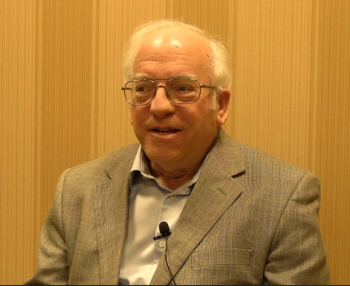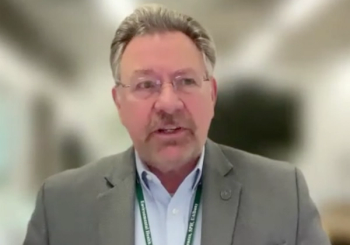
Isotope Selection for ICP-MS Quantitative Analysis
Spectroscopy recently spoke with Frank A. Kero, PhD, about his research with inductively coupled plasma?mass spectrometry (ICP-MS).
Spectroscopy
recently spoke with Frank A. Kero, PhD, about his research with inductively coupled plasma–mass spectrometry (ICP-MS). Dr. Kero, who is an analytical applications specialist with Biotage in Charlotte, North Carolina, is the coauthor of “Fundamental Studies Related to Elemental Isotope Selection for Quantitative Analysis by Inductively Coupled Plasma–Mass Spectrometry with a Helium Collision Cell” in the December 2012 issue of Spectroscopy.
Why did you select selenium as your analyte of interest? How is it important in biological and ecological systems?
Thank you for allowing me the opportunity to publish with Spectroscopy and for the opportunity to participate in this Q&A forum. Selenium (Se) has recently found favor by regulatory programs as a result of recent advances in interdisciplinary research related to biomonitoring, environmental studies and issues related to public health. I selected Se for this paper as it seems the ideal candidate for exploring the fundamentals of quantitation with ICP-MS because of the detailed isotopic envelope found in nature. I found it interesting to observe how significant isotope selection is in the determination of a quantitative result. Isotope selection provides an additional measure of selectivity since by definition, isobaric interferences are mass dependent.
How does the inclusion of a collision cell improve the selectivity of an ICP-MS measurement?
The collision cell removes isobaric interferences that can bias the result of a quantitative measurement. Depending on the optimization strategy, the presence of a collision cell has proven effective in mitigating this issue, but it is not guaranteed protection. The separation of analyte and interference is based on a kinetic energy discrimination voltage applied after a series of controlled inelastic collisions through the path of the collision cell. It is a bit of an art, and it is possible for the analyst to fail. In this paper, this possibility was illustrated to raise awareness of this issue.
It should also be noted that He is not the only option for collision gases with ICP-MS. There is a strong presence in the literature of groups that use reactive gases (for example, H2 or O2). Reactive gases function to shift the mass of the interfering species. Cold plasma applications (without the collision cell) run analogous to this strategy where the analyte of interest is measured as an oxide (that is, mass shift analyte).
Which is more important in ICP-MS research, sensitivity or selectivity?
In terms of signal-to-noise, decreasing noise to reduce detection limits is the strategy favored by applications with tandem mass spectrometry instrumentation. Elemental analysis requests are routinely performed at the parts-per-billion to parts-per-trillion concentration levels.
You mentioned in your article that further evaluation should include a study of the concentration dependence of the interfering ions on collision cell performance. What results would you expect to obtain in such a study?
The kinetic energy discrimination separation mechanism is based on probability and statistics. As the number of interfering ions increases, the population of the ions of interest remains a fixed quantity. It follows that the probability of discriminating the ions of interest decreases with increasing concentration of isobaric interferences. This concentration limit should be determined and one would expect this limit to be isotope dependent.
What are the next steps in your ICP-MS research?
I have recently moved to a new position where my focus will be on analytical development related to topics of clinical and forensic interests. I am currently developing novel sample preparation methods for biomarkers in complex biological fluids as a precursor to a hybrid triple-quadrupole–linear ion trap mass spectrometer.
Related content: Dr. Kero’s article in Spectroscopy can be accessed at
Newsletter
Get essential updates on the latest spectroscopy technologies, regulatory standards, and best practices—subscribe today to Spectroscopy.




